Be it a slight gas leakage or difficulty to start the stove, these kinds of problems are very common in India. That said, if you face any issues regarding your stove and the gas pipe, you should consider replacing the old pipe with a new one.
However, even if the process may seem a piece of cake, it comes with its own set of obstacles and risks. So, before you consider taking the job of connecting a gas pipe to the stove and the cylinder, ask yourself a few questions:
Do you know for sure how to connect a gas pipe to your stove?
Are you confident that the gas pipe won’t leak if you connect it by yourself?
Should you even consider replacing or connecting the gas pipe by yourself with all the risks involved?
Follow this article to the very end, and you’ll get all the answers.
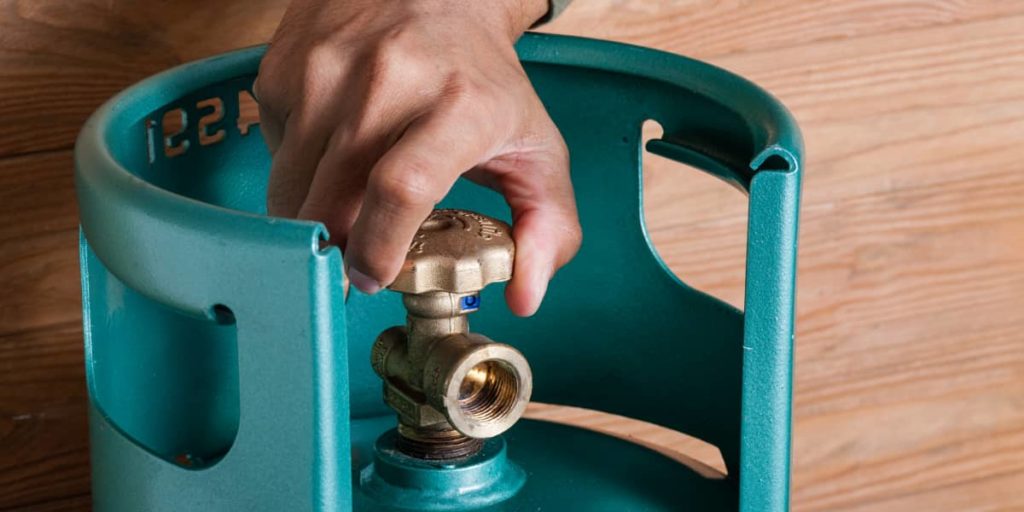
Can You Connect the Gas Pipe to the Stove by Yourself?
Professional assistance can make your procedure smooth and free from errors, but is there a need for it?
Can’t you do it by yourself with the same precision?
Turns out, why not? All you need is a presence of mind and a basic knowledge of gas pipes and stoves.
It all now comes down to choice- if you don’t mind spending a couple of hundred bucks in exchange for better safety and assurance, you can hire a professional. However, if you’re confident with your skillset and don’t want to spend your hard-earned for practically no reason, you can take it as a DIY project.
If you want to avoid the hassle of firing up the burner, use the best auto-ignition gas stove in India. Connecting a gas pipe to these stoves is easy as we’re going to explain.
Moreover, by the end of this article, you’ll know all the steps to take and precautions to keep in mind if you do decide to connect the gas pipe by yourself after all.
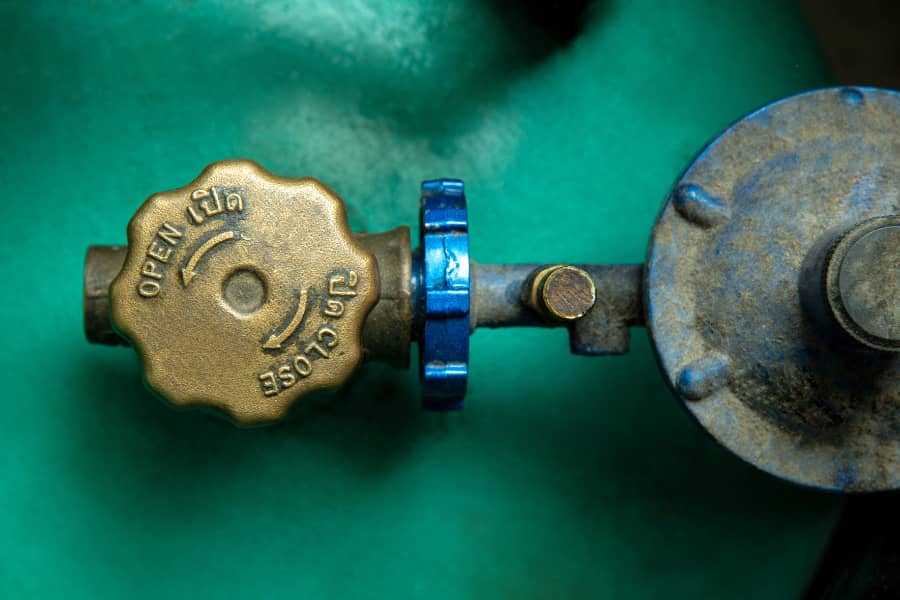
Step-By-Step Process Of Connecting Gas Pipe To Stove In India
If you follow the guide carefully, connecting the gas pipe to your stove shouldn’t be much of a problem in the Indian context. First of all, gather all the equipment required during the process to save your time and energy.
What Will You Need?
- Regulator
- Gas cylinder
- Stainless-steel gas hose
- Gas stove
- Connector
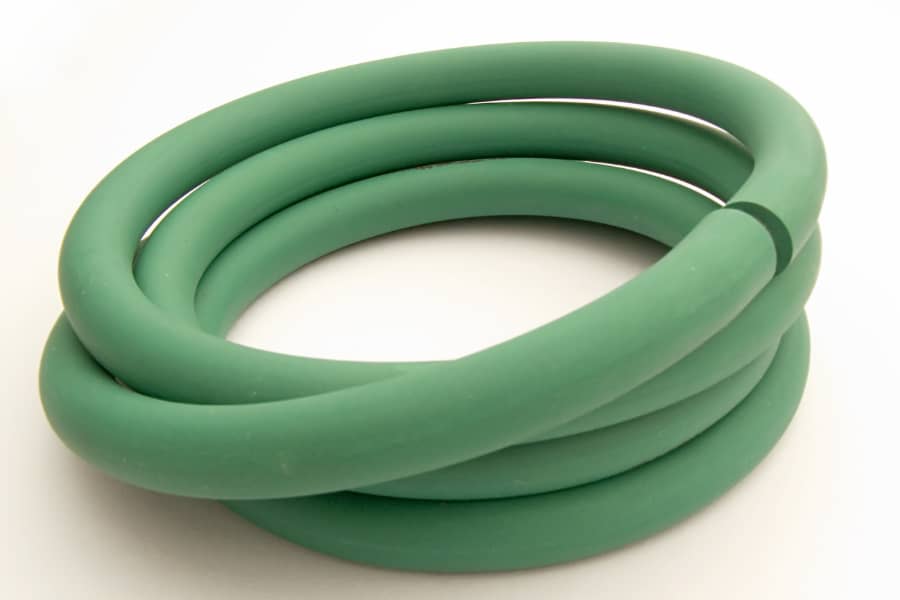
Let’s now look at the six simple steps required to connect the stove to your gas supply:
Step 1: Switch off all the burners and close the supply of gas using the regulator
We’ve mentioned something as basic as switching off the burners as the very initial step to ensure your safety, considering what could go wrong if you make mistakes in such a critical situation.
Step 2: Detach the gas regulator from your cylinder
Given the variety of regulators available in the market, it’s safe to say that knowing the details of your regulator is necessary to detach it while ensuring safety. In most cases, pushing the regulator in the inward direction should do it. Meanwhile, you have to cover the cylinder opening using a protective cap to avoid any gas leakage in the process.
Step 3: Detach the gas pipe from the stove and the regulator
Now comes the part where your old and problematic gas pipe parts ways with your gas stove. With special care and extreme precision, remove the gas pipe from the stove and the regulator. Make sure not to cut or damage the gas pipe while doing so.
Step 4: Connect the new gas pipe using a connector
Simply attach both ends of the new gas pipe, one with the gas stove and the other with the regulator.
Step 5: Attach the regulator to the cylinder
Now the protective cap has served its purpose, remove it and attach the regulator back to the cylinder.
Step 6: Double-check for any leakage
To ensure the job is proficiently done, check if there are any leaks and fix them as quickly as possible, if found.
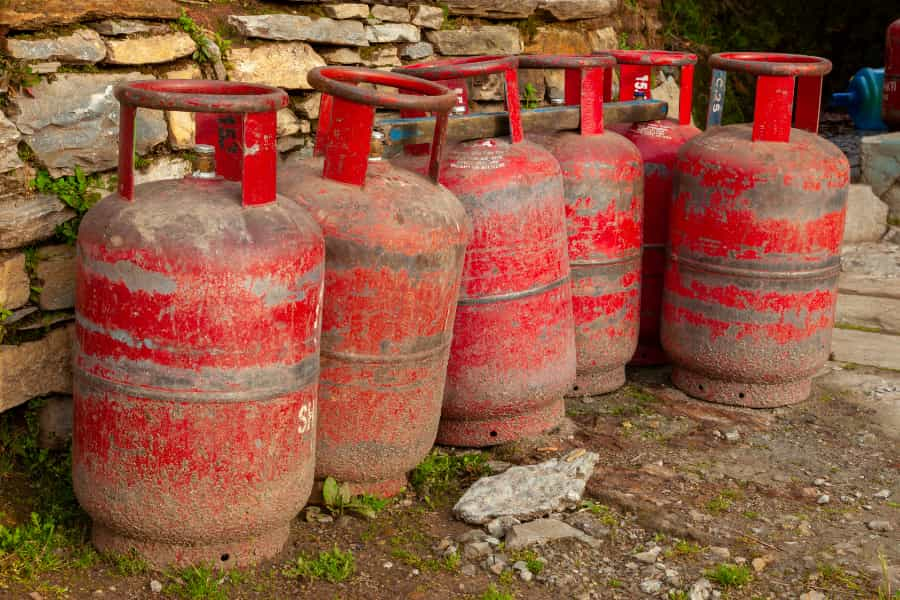
Precautions needed to connect gas pipe to Stove
These six simple steps may seem like a piece of cake, but there’s no room for carelessness in any of these steps. You can’t afford to leave any leakage unchecked as it may potentially turn into a disaster. So here are the precautions you should take if you plan to connect the gas pipe to your stove and cylinder by yourself:
- Always use BIS-authorized appliances from certified providers. Products of poor quality can result in leakage, leading to a chance of explosion.
- Use multiple safety utilities to prevent any chance of accidental leaks.
- Put out all the flames in the kitchen or the nearby area. There should be no active flame in your kitchen while doing the job, or a potential disaster awaits.
- Wear cotton clothes instead of synthetic ones. In the unlikely and worst case, if an accident happens while connecting the gas pipe, cotton clothes can save your skin.
- Make sure to turn off the burners as well as the regulator knob by turning them clockwise.
- Avoid cutting the gas pipe at all costs. If you’re finding it hard to detach, use oil to reduce the friction.
- Ensure to cover the cylinder opening with the protective cap to avoid any unwanted leakage and foul smell of the gas.
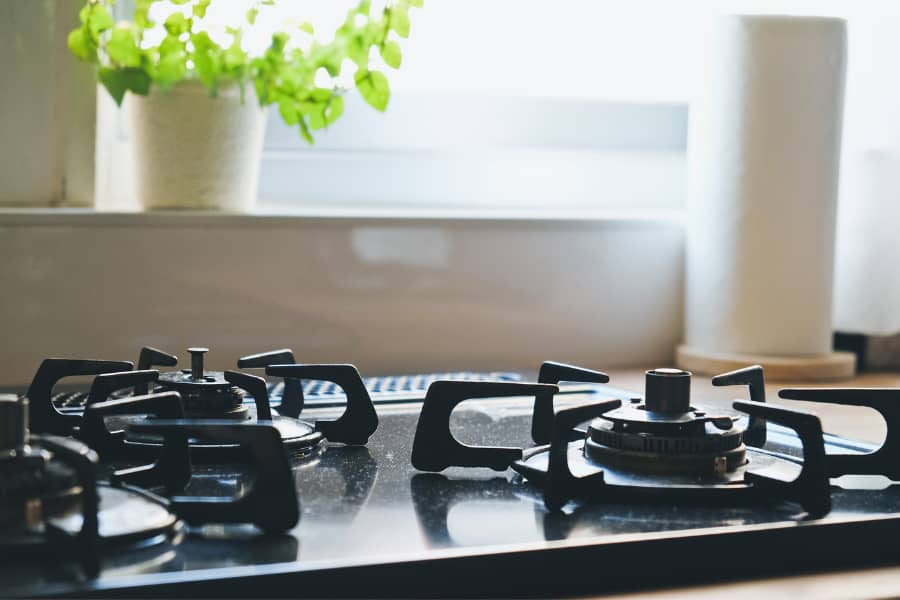
Tips for Safe Use of a Gas Stove
Keep these safety tips in mind to avoid any unwanted gas leakage that may lead to a potential disaster:
Ensure Safety While Getting Your Cylinder
- Ensure that the protective cap and the company seal are fixed on your cylinder.
- Don’t drag, drop, or roll the cylinder. It may damage the body of the cylinder.
- Ask the delivery man for a demo if you’re not confident about the cylinder.
- Ensure the protective cap is in sound condition; tampered protective caps on your cylinder are a sign of duplicity.
Safety When Using a Gas Stove after Connecting Pipe
- Always be prepared to take appropriate actions in case anything goes sideways.
- Avoid storing the cylinder in any position other than vertically. The vertical position ensures maximum safety.
- Avoid keeping the cylinder in a cabinet.
- First, light up your matchstick and then turn the knob. Avoid doing the opposite.
- The distance between the gas stove and the cylinder must be significant. Therefore, it’s advised not to put both at the same level.
What To Do After Using a Gas Stove?
- Turn the regulator knob in the clockwise direction to turn it off.
- Store your empty cylinders in a cool and airy spot with the protective cap in place.
- Consider changing the rubber tube once every six months.
- Keep the burner knobs at ‘OFF’ positions while changing cylinders.
If You Find Leakage From Cylinder, What Should You Do?
- Do not panic; maintain your composure.
- Avoid switching on/off any electrical appliances. Electrical switches generate sparks that can lead to a chance of explosion.
- Put out all flames, candles, incense sticks, or any other potentially flammable material.
- Ensure ventilation by keeping all windows and doors open.
- Do not switch on exhaust fans to remove the leaked gas.
- Contact your dealer and let them know the situation as early as possible.
- Evacuate the house as soon as possible, and wait outside until the experts from the gas agency arrive to tackle the situation.
General Safety Tips For Gas Stoves and Cylinders
- Use authorized equipment: All kitchen appliances must be BIS authorized and purchased from credible, certified dealers. Also, make sure that the regulator and the rubber tubes have an ISI mark. It’s necessary to ensure the reliability and safety of the equipment.
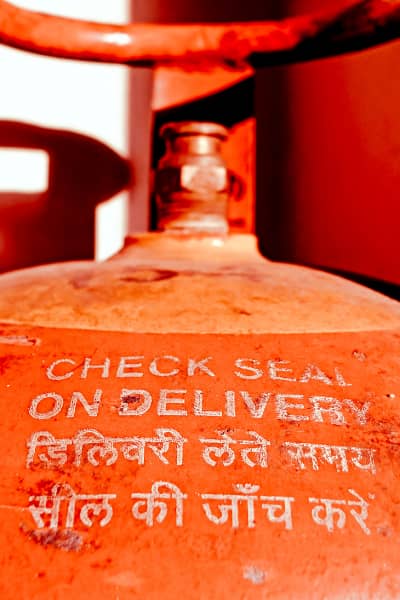
- Get periodic maintenance done: You should take every possible measure to ensure your safety and your loved ones; getting periodic maintenance done once in a while is one way to do it.
- Ensure the use of genuine cylinders: One easy way to do it is to observe the seal; illegal gas cylinders have fake seals.
- Keep the kitchen materials in check: Ensure there are no inflammable materials in the kitchen that can worsen the situation in case of an accident.
- Install a gas detector: A gas detector can come in handy to ensure maximum safety. It will raise the alarm in case of a gas leak.
- Prevention is better than cure: Last but not the least, make sure you keep a fire extinguisher in your home at all times despite taking all the possible measures to avoid a disaster.
So, is it worth doing the job by yourself? As long as you keep the basics in mind and take all the precautions, there is no reason to avoid doing it. As you might have figured out by now, the process itself is very easy, it just involves a few easy steps, and your job will be proficiently done. You have to, however, ensure safety at all costs.
That being said, we don’t see any issues with you taking the job of connecting a gas pipe to your stove and cylinder as a DIY project. The process is very easy, and there is little need for professional assistance. That is, again, if you take all the precautions. However, if you’re still not very confident in doing the job or just don’t want the hassle, you can consider hiring a professional to do the job at the cost of a few hundred bucks.
Related Posts:
